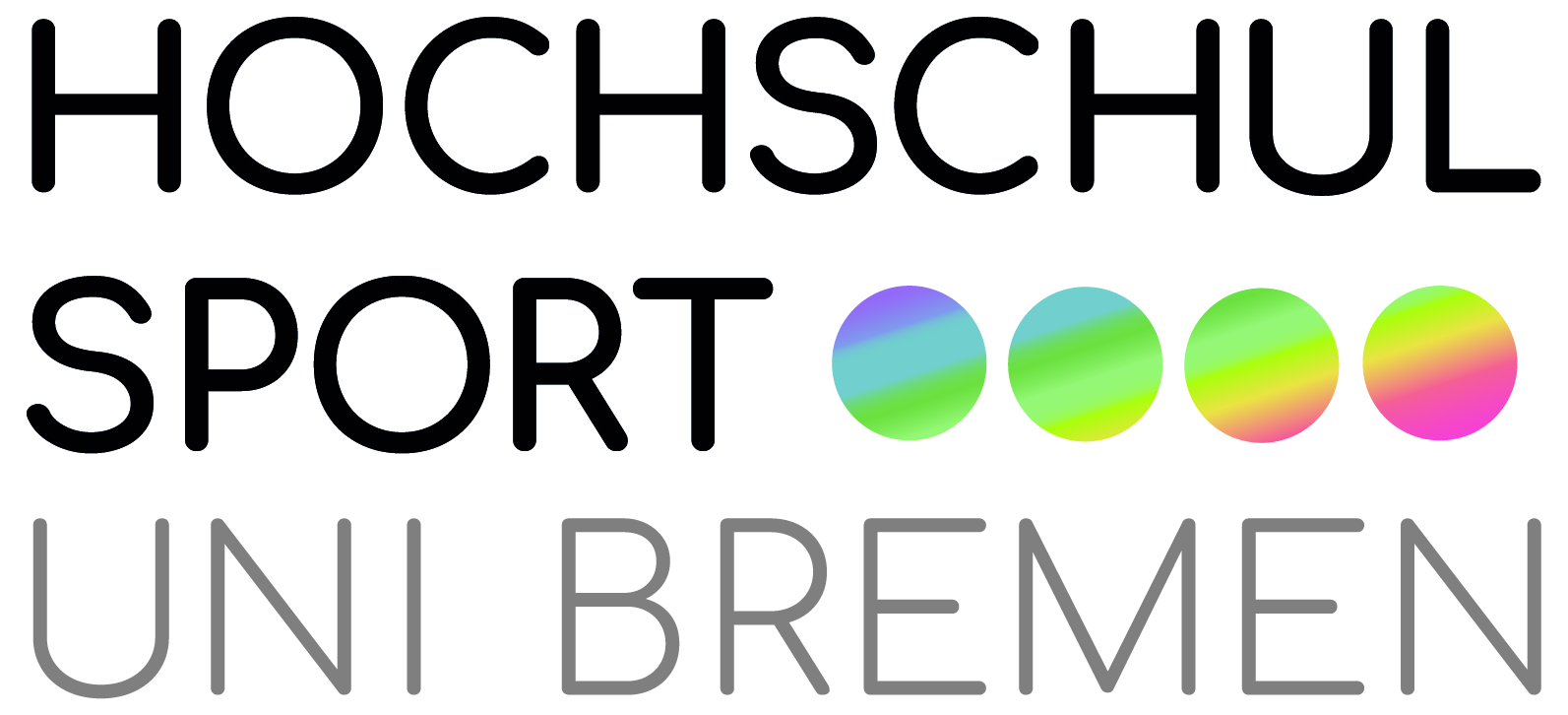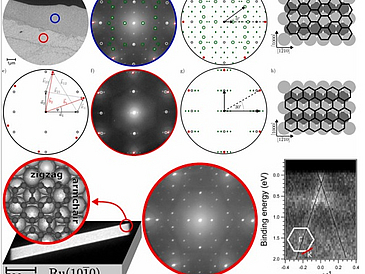Lars Buß, Giovanni Zamborlini, Cathy Sulaiman, Moritz Ewert, Mirko Cinchetti, Jens Falta, Jan Ingo Flege
Carbon 231 (2025): 119600
https://doi.org/10.1016/j.carbon.2024.119600
Ruthenium is emerging as a promising candidate to replace copper in highly integrated electronics by enabling barrierless metallization in ultrathin interconnects. From this perspective, the study of graphene growth on such surface templates is of paramount importance as a platform for graphene integration in electronic devices. In particular, graphene growth on the Ru(101‾0) surface allows selective growth of different graphene orientations, one-dimensional structures, and reduced substrate interaction compared to the well-established hexagonal Ru(0001) substrate. Real-time growth observations using low-energy electron microscopy and micro-diffraction highlight the influence of substrate symmetry on graphene growth, leading to the formation of rectangular islands with distinct zigzag- or armchair-terminated edges. Bilayer formation on Ru(101‾0) occurs by nucleation of graphene nanoribbons under the monolayer. Micro-spot angle-resolved photoemission spectroscopy shows significantly less charge-transfer doping in these freestanding, zigzag-terminated bilayer graphene nanoribbons, indicating reduced graphene-substrate interaction and hence more effective decoupling as compared to graphene/Ru(0001). Our results show that the growth of graphene on non-hexagonal substrates opens new pathways for tailoring the graphene-substrate interaction at the interface, and thus the properties of graphene beyond the limits imposed by hexagonal substrates.


